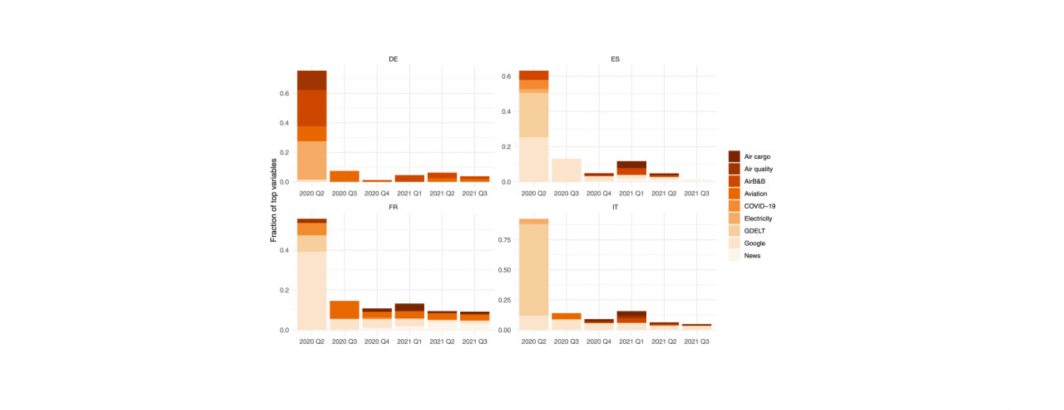
During the COVID-19 pandemic, economists have struggled to obtain reliable economic predictions, with standard models becoming outdated and their forecasting performance deteriorating rapidly. This paper presents two novelties that could be adopted by forecasting institutions in unconventional times. The first innovation is the construction of an extensive data set for macroeconomic forecasting in Europe. We collect more than a thousand time series from conventional and unconventional sources, complementing traditional macroeconomic variables with timely big data indicators and assessing their added value at nowcasting. The second novelty consists of a methodology to merge an enormous amount of non-encompassing data with a large battery of classical and more sophisticated forecasting methods in a seamlessly dynamic Bayesian framework. Specifically, we introduce an innovative “selection prior” that is used not as a way to influence model outcomes, but as a selecting device among competing models. By applying this methodology to the COVID-19 crisis, we show which variables are good predictors for nowcasting Gross Domestic Product and draw lessons for dealing with possible future crises.